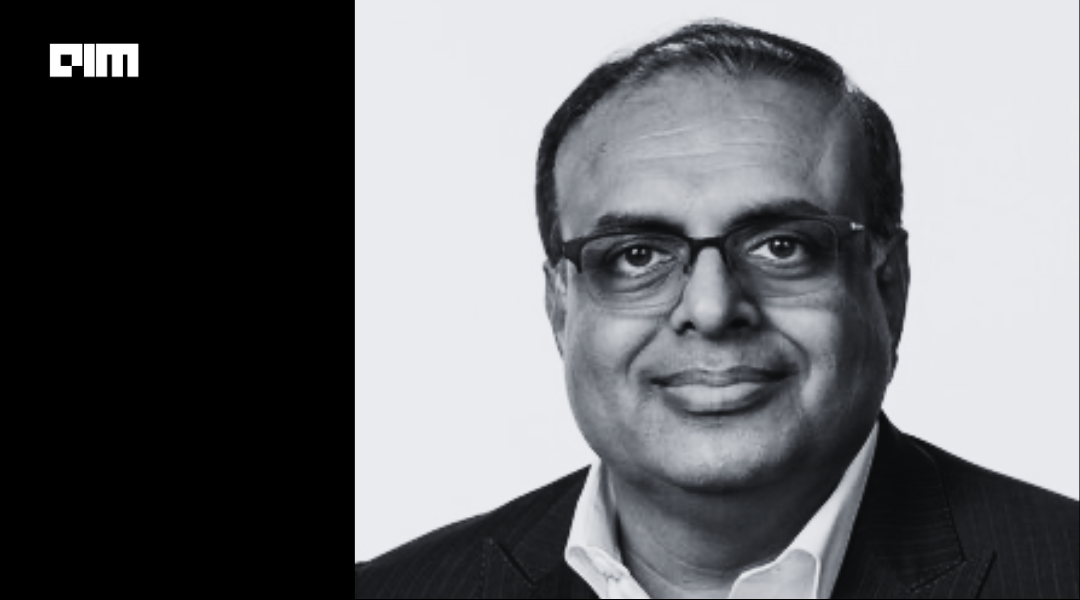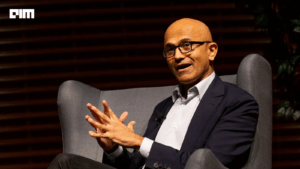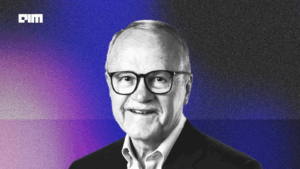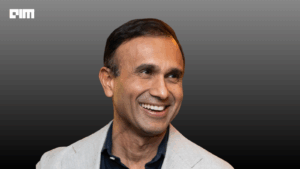The future of medical imaging may hinge on a single statistic: the global AI in medical imaging market, valued at just $1.67 billion in 2025, is projected to balloon to over $14 billion by 2034, growing at a staggering 27.1% CAGR. Hoppr is building the infrastructure to support that market.
Hoppr, a Chicago-based startup founded in 2019, wants to enable medical imaging applications, positioning itself as the “GPT-4 for medical imaging,” and offering a platform and multimodal foundation model that allows developers, PACS vendors, and imaging teams to build, fine-tune, and deploy trustworthy AI applications more effectively.
“At Hoppr, we’re building the secure infrastructure PACS vendors and developers need to fine-tune and deploy foundation models for real-world clinical use,” said Dr. Khan Siddiqui, CEO of Hoppr. “Our vision is to democratize access to high-performing, trustworthy imaging AI by giving developers the tools, data, and compliant environment they need to fine-tune models safely and at scale”.
The emphasis is on providing the critical ingredients (curated datasets, compliance-ready pipelines, fine-tuning interfaces, and secure environments) for others to build.
$31.5M to Build AI Infrastructure for Medicine
Earlier this month, Hoppr announced it had secured $31.5 million in a Series A round led by Kivu and Greycroft, with support from PSG Equity, Morningside Capital, Fortitude Ventures, and Health2047: the venture arm of the American Medical Association.
Investors were drawn to Hoppr’s focus: instead of launching one AI product, Hoppr is building a platform to launch many. “HOPPR has one of the most unique teams made up of the world’s leading AI specialists, technologists, and radiologists who are specifically suited to solve the major challenges facing healthcare developers,” said Seth Berman, Co-founder and General Partner at Kivu Ventures.
The company will use the funding to expand its team, scale operations, and enhance its flagship foundation model, “Grace,” named in honor of computing pioneer Grace Hopper. Developed in partnership with AWS, Grace is trained on a massive corpus of multimodal imaging data and integrates with Amazon SageMaker to enable scalable development across various modalities, from CTs to MRIs and X-rays.
Built by Radiologists
Hoppr is helmed by Dr. Siddiqui, a radiologist and serial healthtech entrepreneur whose résumé spans Microsoft (where he pioneered early AI work), Johns Hopkins, and Hyperfine, where he helped bring the world’s first portable MRI to market. He also founded Higi, a consumer health company that sold in a $4.2 billion SPAC deal.
“In my years of experience, I’ve seen the transformative potential of medical imaging,” Siddiqui said. “Imagine a neuroradiologist not just interpreting, but truly interacting with an image, leading to timely and life-saving decisions. This is the future we’re building towards”.
Hoppr recently brought on heavyweights in the medical AI world, including Dr. Woojin Kim and Dr. William Boonn-both seasoned radiologists and former executives at Rad AI and Nuance Communications. The trio met as imaging informatics fellows at the University of Maryland and have now reunited to tackle what may be their most ambitious challenge yet.
Hoppr’s value proposition lies in its attention to healthcare-specific demands, being designed from the ground up with traceability, version control, regulatory compliance, and data provenance at its core.
Applications range from diagnostic report generation to real-time image analysis and treatment planning. In one example, Siddiqui described how Grace could help neurosurgeons plan aneurysm coiling procedures by offering precise anatomical mapping, catheter recommendations, and procedural suggestions, all in natural language.
Clinician-First, Not Tech-First
What distinguishes Hoppr in the market is its clinician-first design philosophy, as Siddiqui explained at HIMSS 2024. “Much of what we dictate in radiology is repetitious… Using AI to automate some elements, like prepopulating a preliminary report, would create more time for image review and improve the clinician experience”.
That focus is winning over early users and institutional supporters. Larry K. Cohen, CEO at Health2047, called the platform “truly first-of-its-kind,” and added, “The potential for both physicians and patients is nothing short of transformational”.
The Bigger Vision and Why It Matters
With radiologist shortages worsening globally, demand for AI tools that can streamline workflows and enhance diagnostic accuracy is high. According to Precedence Research, the AI medical imaging software/platforms segment is already the fastest-growing in the space, and North America alone commands over 38% of the current market share.
As Siddiqui put it in a recent LinkedIn post, “We believe this is the decade where foundation models transform medicine. We’re just getting started.” With a growing crisis in medical imaging, rising image volumes, fewer radiologists, and increasing diagnostic complexity, the healthcare industry will soon depend on AI.











